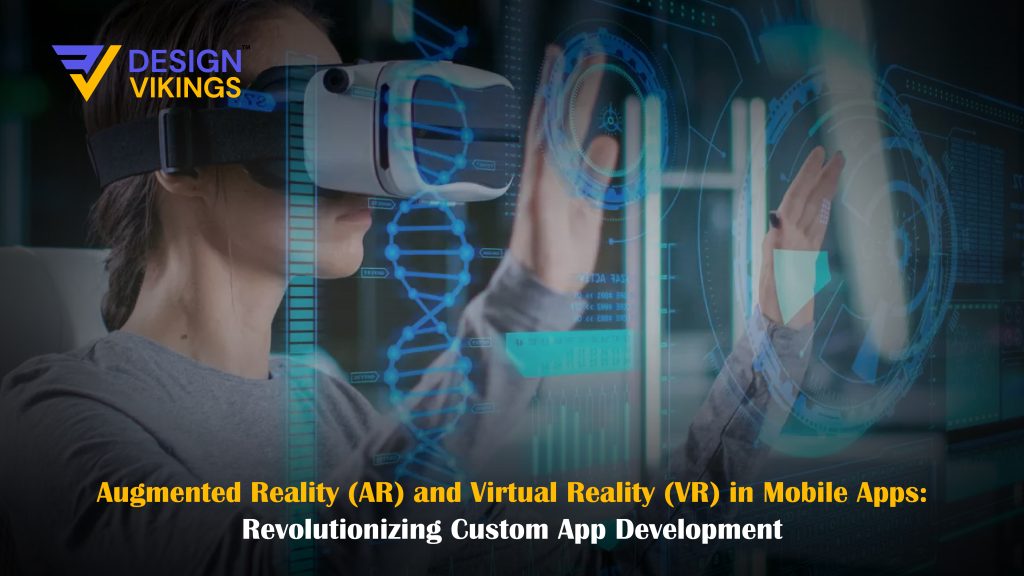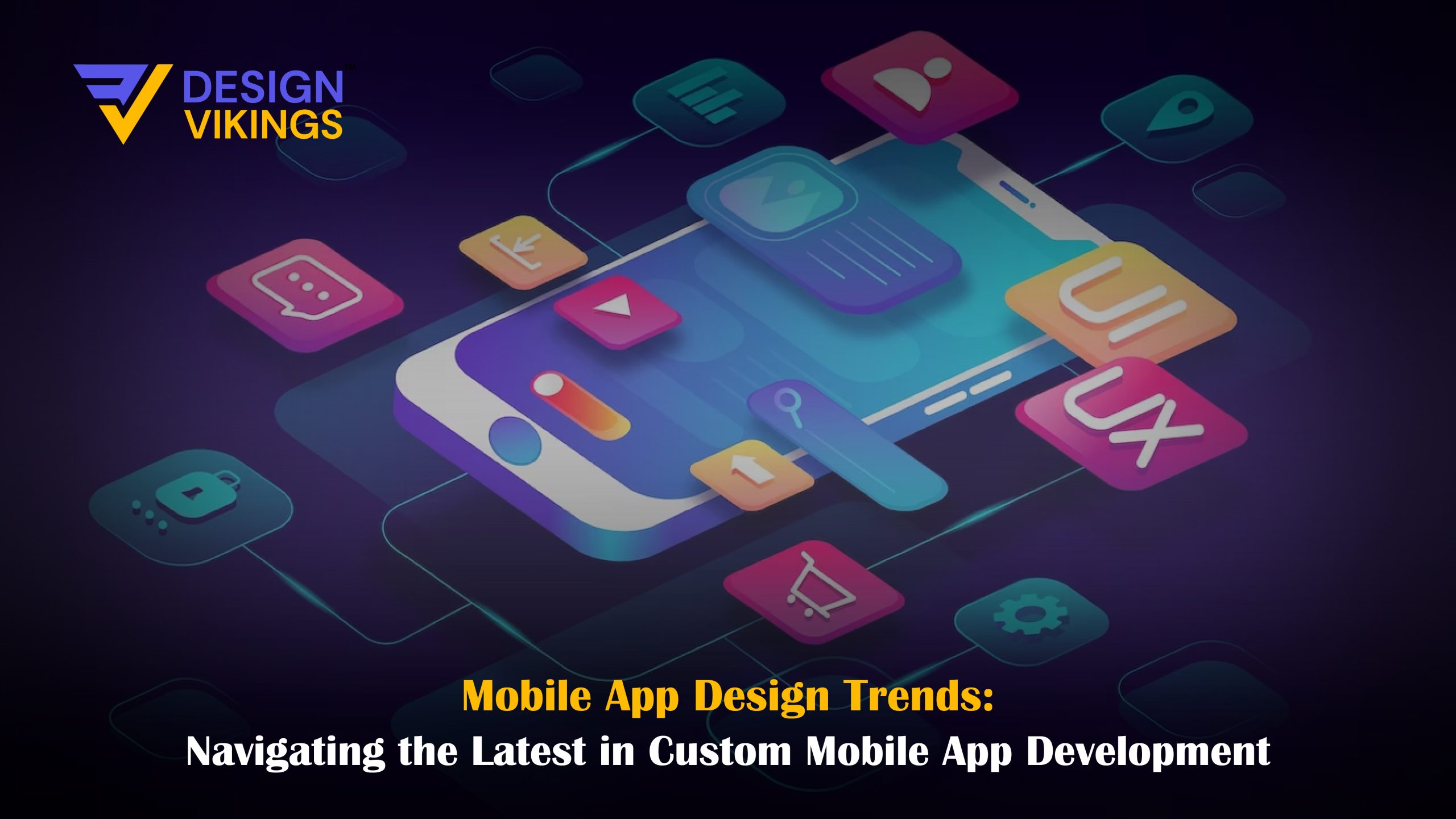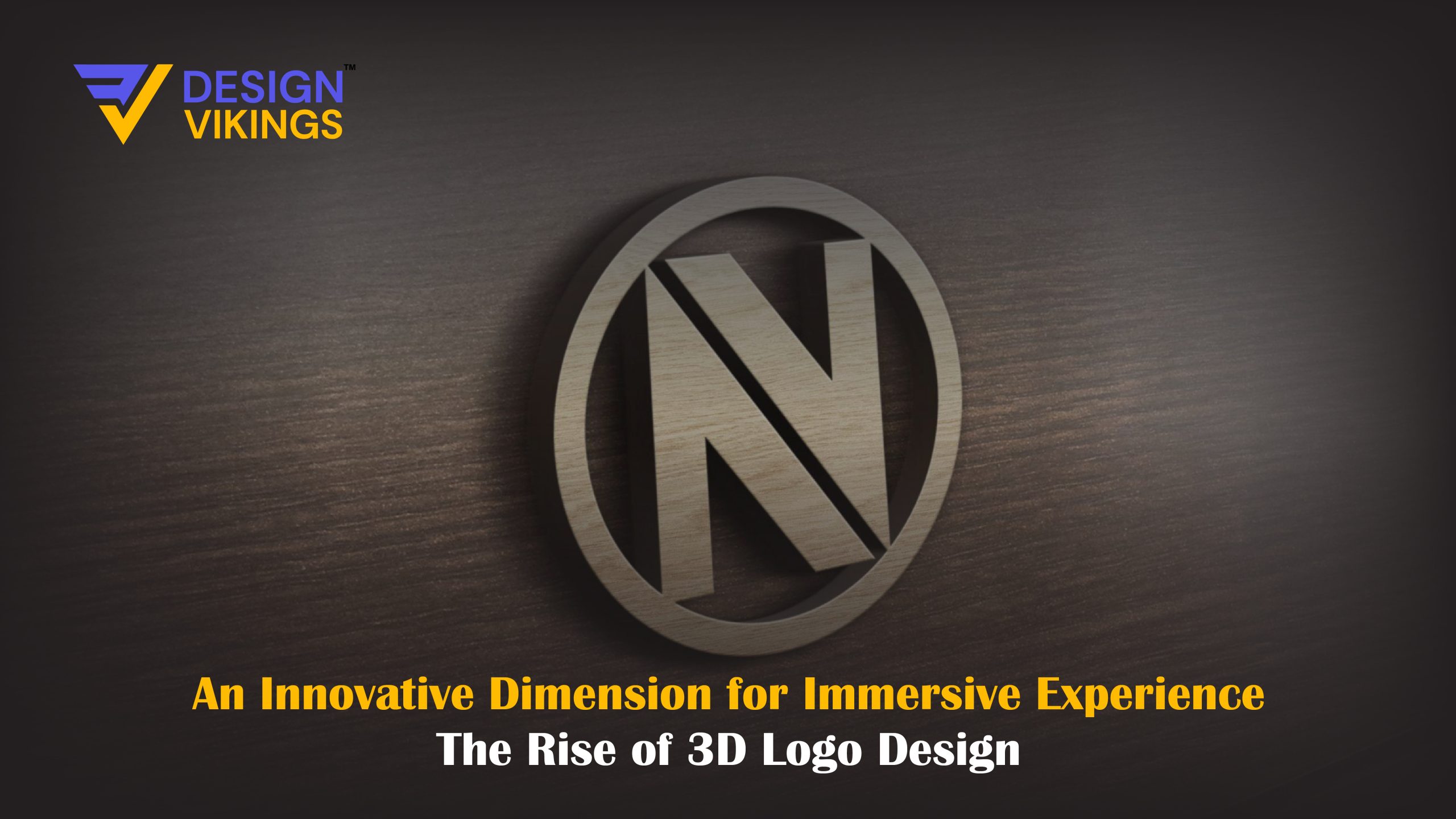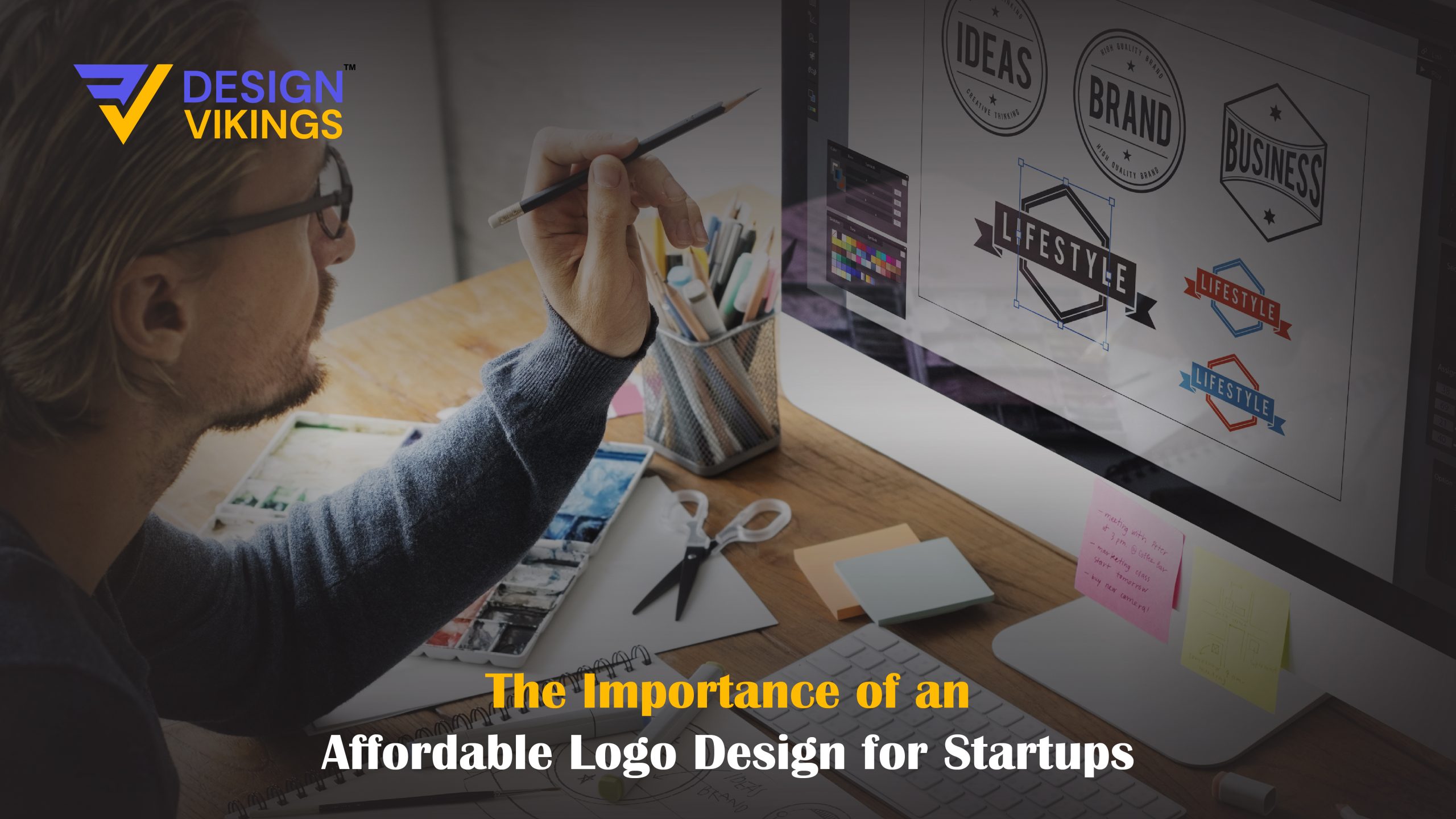Augmented reality (AR) and virtual reality (VR) technologies have been present for long. However, it was only a few years ago that the technologies were made available for public use. With the increasing usage of smartphones, mobile applications have become a dominant force in the digital world. The evolving landscape of mobile applications has complemented the advancement of technology unprecedentedly. Technological innovations are redefining the ways people interact with and use smartphones. With a new wave of immersive and engaging user experiences, the technologies are rapidly evolving. Among the groundbreaking technologies, AR and VR have become the fastest emerging ones. Custom app development has limitless opportunities to inculcate VR and AR to provide enhanced and enriched user experience. Today, we discuss the role of AR and VR in mobile applications, and how they foster custom app development.
What is Augmented Reality and Virtual Reality
AR and VR are shaping the world by providing interactive and immersive experiences to users in similar but distinctive ways. Before we delve into the details and their impact on mobile applications, let us first decode what actually is AR and VR.
Augmented Reality
Augmented reality, as the name shows, overlays the digital content in a real-world setting combining and merging both to provide a unique experience. In this manner, the user’s perception of reality is shaped giving birth to a new paradigm never experienced before. With computer-generated graphics, videos and information, our surroundings are supplemented to provide an immersive experience. Pokémon GO, Ingress IKEA Place and Google Maps Live View are prime examples of AR mobile apps.
Virtual Reality
On the other hand, virtual reality is entirely different. It takes users into a virtual world accessible through digital mediums such as VR headsets or computers. An immersive environment where users can act and interact with objects, people and surroundings in a computer-generated world. This experience is entirely different from the real world. The Metaverse is the best example of a VR app but it is still a long shot to determine its success. Moreover, many games and apps are accessible through VR headsets.
The Rise of AR and VR in Mobile Applications
In every field of life, AR and VR are having a significant impact. In entertainment, education, business and healthcare, both AR and VR apps have been evolving leaps and bounds. Now that the technology has expanded to mobile applications, it has changed the ways in which people interact with smartphones. The rise of AR and VR in mobile applications has led to custom app design and development with numerous benefits. Let’s see what these technologies possess and the potential they have to impact our world:
Enhanced User Engagement
When the smartphones broke into the scene, they were deemed as the next big thing. Now, the same is being applied to AR and VR. People could only previously see products on their screens. With the help of AR and VR, people can actually interact with their surroundings, as much as visualise products before purchasing or exploring a virtual landscape. This provides a whole new experience engaging the users and keeping them invested in the mobile applications.
Revolutionizing the Gaming Industry
Perhaps the most significant development with AR and VR technology has been in the gaming industry. With Pokémon GO, the world saw technology’s potential. It allowed users to travel in their homes, neighborhood and surroundings to try and capture different creatures through mobile apps. With AR and VR, people can indulge in a virtual setting to play the games themselves through VR headsets or enjoy the magical world of wizardry with Harry Porter’s AR game. Honestly, there are no limits to the possibilities that AR and VR present to the gaming industry and only time will tell what the future holds.
Interactive Shopping Experience
How often does it happen that you like a piece of furniture or clothing in the store but are unsure about how it would look on you or a space in your home? That problem makes it difficult for you to create a rational purchase decision. Well, the AR mobile applications have somewhat solved the problem. With custom app development, AR and VR have massive potential. Mobile applications such as IKEA Place and Amazon AR View allow users to see a décor or furniture piece by virtually placing it in their home space through the camera lens. The E-Commerce landscape is transformed with concepts such as try before you buy. You can try out a suit before purchasing it to decide how would it look on you. This has revolutionized the way we shop online.
Education and Training Redefined
The first and foremost use of AR and VR was in the education field. With immense potential, AR and VR custom app development has also been on a consistent rise. Educational apps can use AR apps to overlay information on textbooks, and turn static learning into dynamic and interactive lessons. VR applications can allow students to go on field trips without having to physically go there. Exploring historical and geographical locations can be made easy through education. Similarly, the aviation industry can use VR apps for flight simulations to train pilots without risking their lives in a real-world scenario. Google initiated a VR platform named ‘Google Expeditions’ for educational institutions enabling students to conduct virtual trips around the world and make their learning interesting and interactive.
Healthcare
As with every other industry, the healthcare industry is also being revolutionized with AR and VR technology. Healthcare delivery can be improvised in a number of ways using AR mobile applications and VR technology. AR can help surgeons by visualizing patient anatomy during surgery. It can also help in overlaying patient information during the surgery for precision and accuracy. VR can be useful in therapeutic interventions, particularly in pain management and relief. For chronic pains, VR headsets can be used to educate, control, manage and distract from pain and anxiety for patients.
Custom App Development with AR and VR
The potential of custom app development and the resulting mobile applications is infinite. With advancements in technology happening rapidly, AR and VR are likely to play a major role in future custom app development. With custom app development, several other key aspects can be added to enrich the user journey for enhanced user experience and satisfaction.
Tailored User Experience
Custom app development previously was done in keeping in mind the user preferences and needs. The applications created are based now on AR and VR integration. With a tailored user experience, custom app developers tend to design personalized apps providing an immersive and interactive experience that contributes to overall customer satisfaction.
Inculcating Real-World Experience
Using the device’s camera and sensors, AR custom mobile applications leverage real-world context. Merging the real world and showcasing computer-generated graphics, videos and information, the custom app development can provide an immaculate experience. For example, location-based AP applications such as Google Maps Live View can provide information about the nearest points, landmarks, and places and help you navigate seamlessly.
AR and VR for Comprehensive Solutions
AR and VR were previously viewed as separate technologies and separate mobile applications were developed distinctively offering AR and VR experiences. The new inventive and savvy custom app developers are now making hybrid advancements combining AR and VR elements within a single application. It helps to provide a comprehensive and dynamic experience of enjoying both technologies in a single place. Catering to different case scenarios and user preferences, versatile applications are offering comprehensive mobile applications.
Challenges of AR and VR in Custom App Development
Although there are several benefits and opportunities associated with AR and VR in custom app development, there are significant challenges as well. AR and VR technologies are associated with higher costs. AR and VR combined with custom app development can be expensive as they require specialized hardware and software, which are complex to develop. Similarly, lack of awareness and limited user base is another significant challenge in custom app development with AR and VR. The potential audience is smaller as compared to general smartphone usage. User interface design and robust backend systems are also required for smooth AR and VR experiences. These are data-intensive applications and require a higher allocation of resources for optimization. Custom app development combined with AR and VR requires immense planning and execution for spot-on results. But with perfect execution, the challenges can be turned into opportunities.
Transforming the Future of AR and VR in Mobile Applications
The future holds unlimited possibilities with regard to AR and VR technologies. They are still very initial and in their infancy stage but are likely to grow exponentially in the near future. Companies have been doing R&D in the field of augmented and virtual reality in mobile applications. AR glasses, gesture recognition, VR hardware and many more are indicative of what the future holds for us. As they continue to advance, the technologies will become more ingrained in our daily lives impacting our daily behaviour. With the level of resource allocation by tech giants such as Meta, Google, Niantic Labs, Apple and Microsoft, it is said to hold the key to a tech-savvy future.
Custom app development plays a pivotal role in shaping the future of AR and VR in mobile applications. Custom app developers will need to have a solid understanding of technological advancements, user preferences and ongoing industrial trends to create applications that not only integrate AR and VR technologies but look to deliver the best possible experience. This helps in delivering value to users and making the most available resources. The use of Artificial Intelligence (AI) and Machine Learning (ML) with AR and VR will set the tone for the future technological advancements to come. It will help in a paradigm shift for custom app development and redefine the customer experiences and journey.
Key Takeaways
In this article, we have discussed augmented reality (AR) and virtual reality (VR) technologies in relation to mobile applications. We have decoded the terminologies of what AR and VR technologies mean. The rise of AR and VR has been seen in different industries. With enhanced user engagement, AR and VR have been extensively utilized in the gaming industry with games like Pokémon GO and Ingress. Similarly, IKEA Place and Amazon AR View have revolutionized the shopping experience for users around the world. The education and healthcare sectors are also using AR and VR mobile applications for various purposes. The role of custom app development in AR and VR mobile applications cannot be underestimated.
With custom app development and integration of AR and VR technologies, the world is bound to see an advanced future. Everything is going digital and hence, virtual realities such as Metaverse are gaining traction. AR and VR mobile applications are without a shadow of a doubt the future of the digital world and we must learn to embrace them. If you are looking to integrate these evolving technologies into mobile applications, or want to develop such an app from scratch, Design Vikings is the place to be. At Design Vikings, we are experts in custom app development with a sound understanding of AR and VR technologies delivering excellence through our app design and development services. Consult our business analyst today to become the next big thing in the digital realm with a custom AR and VR mobile application.







